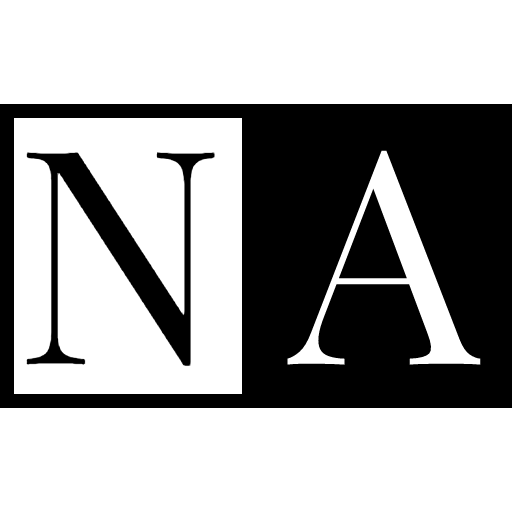Part 1: Final Video
When working on a collaborative project, clear communication and organization are key to success. In our recent Final Research Video Project, our team learned the value of planning, setting strict deadlines, and maintaining frequent communication to keep everything on track.
We kicked off the project by creating a simple Google Slides presentation. This became our blueprint, helping us structure the content and break it into manageable sections. From there, we assigned each section to team members based on their strengths and interests. The real magic, however, happened in our choice of communication tools.
For seamless collaboration, we used Discord to stay in constant touch. With voice communication as the backbone, we avoided the usual pitfalls of miscommunication. Strict deadlines helped keep everyone accountable and ensured we were all aligned, making progress together at a steady pace.
Despite the smooth flow of communication, we did face a few technical challenges. One minor issue was the mouse cursor lingering on screen during the video, which distracted from the content. Additionally, the screen-sharing didn’t quite sync perfectly with the slides, causing some timing mismatches between the speaker and the visuals. While these hiccups were a bit frustrating, they were quickly corrected, and we learned to be extra cautious with syncing and cursor visibility.
One important aspect of our workflow was the peer review process. We continuously corrected each other’s slides and ensured the content aligned with the overall narrative. This constant feedback loop kept the project on track and polished as we moved toward completion.
Looking back, we don’t feel there’s much to change for next time—aside from making sure the mouse is off-screen. The combination of good planning, strong communication, and efficient revisions helped us deliver the project successfully, and we’re ready to tackle the next one with even more confidence.
Key Takeaways:
- Start with a simple structure (Google Slides) to map out the project.
- Use a reliable communication platform (Discord) with voice channels for quick, clear updates.
- Stick to strict deadlines and maintain frequent check-ins.
- Be mindful of technical issues like screen sharing and cursor visibility.
- Collaborate actively by reviewing and correcting each other’s work.
With these strategies in place, we’re ready to handle even bigger projects in the future!
Part 2: Summary
- ML is super powerful but comes with risks like bias and ethics.
- Analyzing and arguing ethical issues.
- Crafting professional resumes and cover letters.
- Improving teamwork and digital collaboration skills.
- Enhancing self-awareness and reflective writing.
- Conducting research and presenting findings.
- Responding to surveys and providing feedback.
- Managing time effectively and balancing multiple tasks.
- It’s essential to manage it carefully as it evolves.
- Being vulnerable isn’t weakness—it’s a key to building trust and growing.
- Embrace imperfection to connect better with people.
- Don’t overcrowd slides with text.
- Avoid flashy animations and overusing acronyms.
- Simple, clear slides are best—don’t distract from your message.
- Keep visuals simple, relevant, and easy to understand.
- Props should add value, not distract.
- Test your visuals ahead of time to ensure they work.

